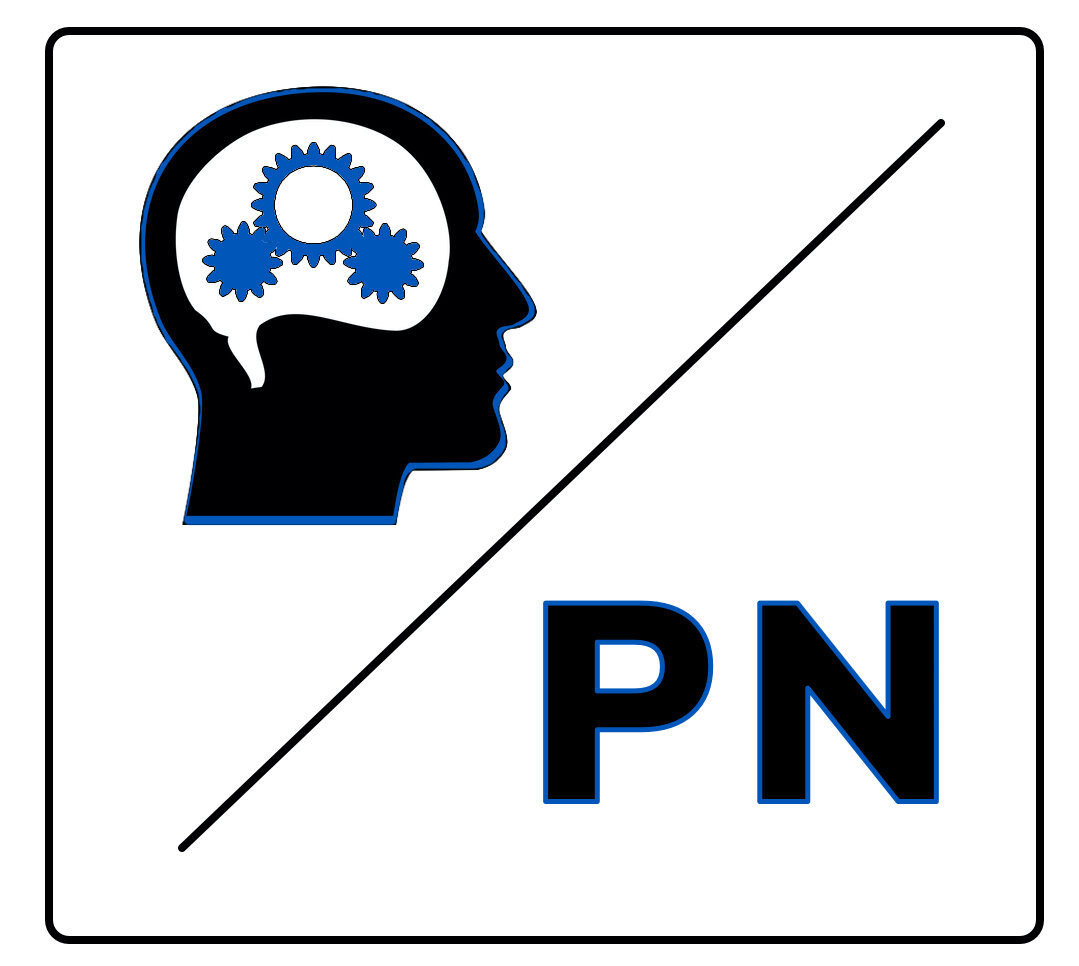Two Paths to Plasticity: Rethinking How the Brain Adapts
Link: ScienceDaily – Two distinct types of brain plasticity revealed
What the Study Did: Scientists from the Picower Institute at MIT examined spontaneous versus stimulus-driven brain activity in mice. They identified separate mechanisms—homeostatic and Hebbian plasticity—for regulating brain circuits.
Summary: One system stabilizes brain activity; the other adapts to experience. Their interaction may underlie learning and recovery from injury.
Why It Matters: Treatments may one day selectively target each system based on the type of cognitive disruption.
Patient Takeaway: Your brain uses different pathways to maintain balance and adapt to challenges—both are important to track in neuropsych evaluations
